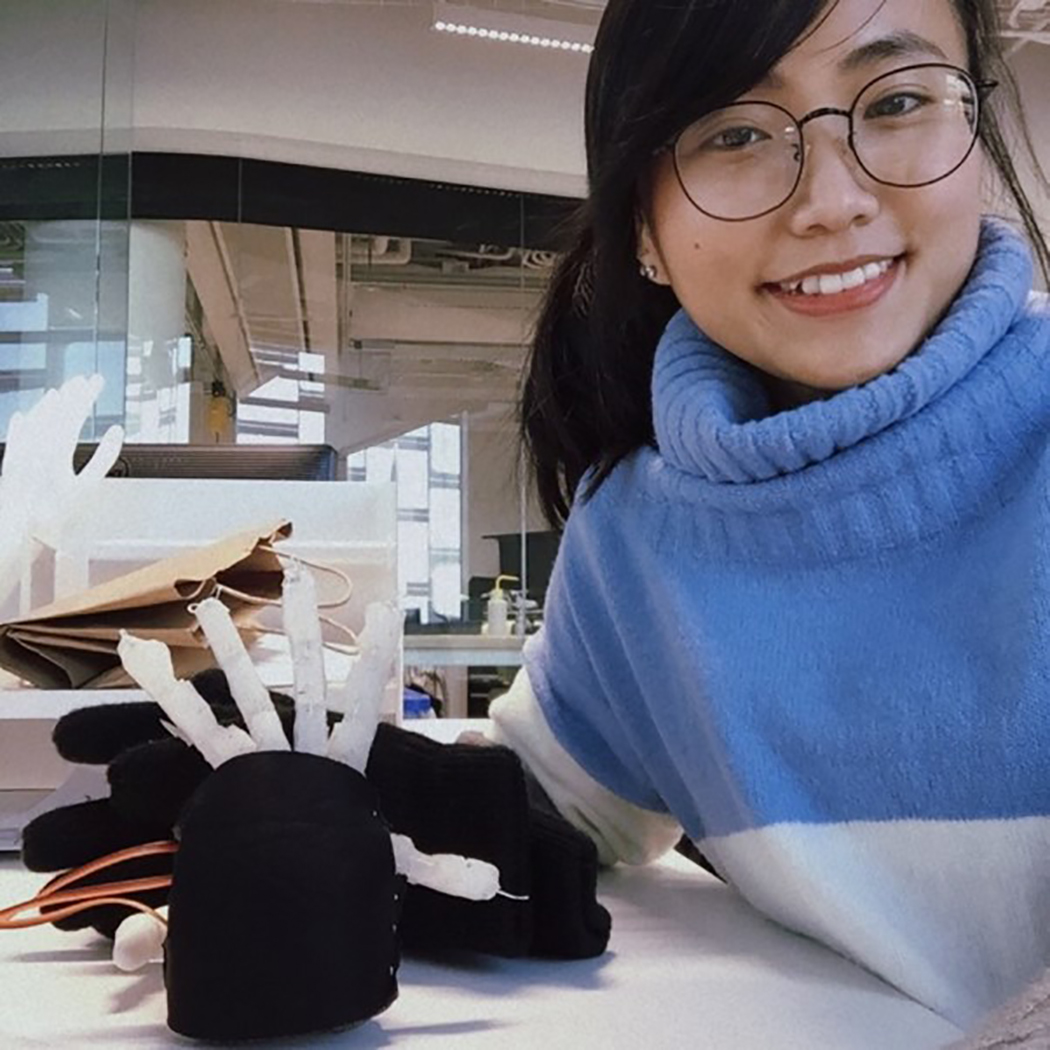
By Shanessa Jackson with Khang-Trang Nguyen and Leah Martin
NASA’s John F. Kennedy Space Center
A short conversation with Khang-Trang Nguyen reveals quite a bit about the college student – that she is an aspiring Doctor of Philosophy, speaks several languages, is a NASA STEM alumna, completed a student internship at Harvard University, and is a Columbia University deferral, to list a few. And while all these accomplishments are notable, perhaps the most compelling of all is not what she has achieved, but what she has overcome as her dreams of working for NASA have fueled her journey.
“When I was 10 years old, I already had a dream that one day, I would go to Harvard and then work for NASA,” said Nguyen. It’s not an uncommon aspiration to hear from generations of students who have been inspired by cosmic exploration since the early days of American space flight. But for Nguyen, who grew up in the streets of undeveloped Vietnam, that dream seemed farther away than the Moon that inspired her.
After losing her family home as a preteen, Nguyen spent more than a decade as a bui doi, which means “child of the dust,” or “dust of life” in Vietnamese. Sharing that many days she survived on only a single meal of half a sausage, Nguyen remained committed to her goals. “I have always been a big dreamer, even when I was homeless. These hopes were the fuel I used to keep moving forward. I promised myself I would overcome homelessness and achieve what I’d always longed for.” Despite her challenges, Nguyen devoted herself to intense studying and hard work, and her dedication paid off when she was able to travel to the United States to complete a dual major in mathematics and computer science.

In 2020, Nguyen was able to take another step towards achieving her dreams when she was invited to participate in NASA’s Innovative News Ideas for Space (MINDS) challenge. The challenge is part of the agency’s NASA’s Minority University Research and Education Project (MUREP), which seeks teams from minority serving institutions to participate in hands-on collegiate-level design-and-build learning experiences by funding design projects relevant to the agency’s Artemis missions.
While attending Bunker Hill Community College in Boston, Nguyen was invited to join the NASA MINDS 2021 team when the college entered the national competition for the first time. Once a “child of the dust”, Nguyen found herself now a student of the dust – studying simulated lunar regolith and composites that can be combined to form building materials. Nguyen and the Bunker Hill team understood that with NASA’s return to the moon through Artemis, innovative ideas are the foundation for the new technologies that will allow astronauts to work on the lunar surface. With that in mind, the team designed lightweight and modular Blocks of Regolith for an Innovative Construction System (B.R.I.C.S.) to maximize the use of in-situ materials for construction of habitats, launchpads, and other structures. A technical co-lead, Nguyen researched and designed a mason brick using melted gummy bears and sand that could sustain a force of 7,000 newtons. Their out-of-the-box thinking paid off, and the team’s technical paper was awarded second place.
Having linked through NASA MINDS, one of the team’s faculty mentors later connected Nguyen with another phenomenal opportunity: a student internship at Harvard University where she gained training in soft robotics and developed a prosthetic hand to enable differently abled individuals to hold objects.
Through NASA MINDS, she also became aware of the American Society for Gravitational and Space Research and was competitively selected to receive a stipend to attend their national conference in Baltimore. This opportunity included a variety of talks, including discussions on the work of NASA’s Genelab and Science Activation, and she eagerly attended each one.
Nguyen felt a strong sense of belonging within this open-minded technical community of elite professional scientists and researchers and was flooded with a myriad of ideas and questions for future prospective Ph.D. research. Nguyen also was selected to present her research on soft robots at the 2022 Emerging Researchers National Conference in STEM in Washington, D.C.
“There was no one there to give me opportunities when I needed them most; therefore, I want to become someone who can help all the hidden stars to shine bright. I believe not all bright-minded people have normal families or come from the best institutions; a lot of them cannot shine because they are struggling with starvation, disabilities, or financial constraints. I want to share the amazing opportunities with those individuals.”
Find out more about NASA MINDS at https://www.nasa.gov/stem/murep/projects/nasa-minds.html.


























